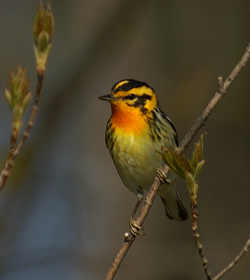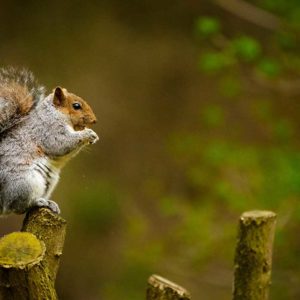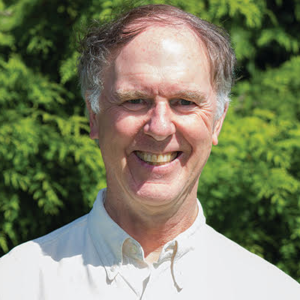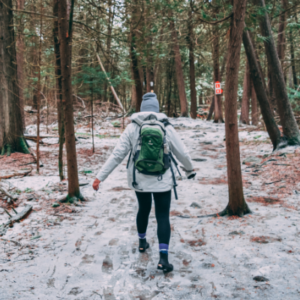Announcing the 2015 Douglas H. Pimlott Award Winner – Anne Murray
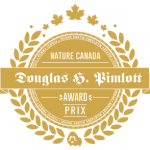 The Douglas H. Pimlott Award is Nature Canada’s highest honour, awarded to an individual whose outstanding contributions to Canadian conservation serve as an example to us all. Nature Canada is proud to announce that Anne Murray is the 2015 Douglas H. Pimlott Award Winner.
The Douglas H. Pimlott Award is Nature Canada’s highest honour, awarded to an individual whose outstanding contributions to Canadian conservation serve as an example to us all. Nature Canada is proud to announce that Anne Murray is the 2015 Douglas H. Pimlott Award Winner.
Anne’s dedication to nature conservation is truly inspiring. Anne volunteers with a number of nature organizations, including Nature Canada, Bird Studies Canada, B.C. Nature, Delta Farmland and Wildlife Trust, Delta Naturalists’ Society, and the Royal Society for the Protection of Birds, UK. Anne was active for many years with the Boundary Bay Conservation Committee in highlighting the importance of the Fraser River delta and its migratory birds, and in successful and unsuccessful campaigns to protect habitat there. She co-authored Ours to Preserve which documented environmental goals around Boundary Bay, Delta, and was endorsed by numerous groups and municipalities. Anne also authored A Nature Guide to Boundary Bay and Tracing Our Past ~ A Heritage Guide to Boundary Bay, which explores the ecological history of the Fraser delta area. Anne has been deeply involved since 1996 with the Canadian Important Bird Area Program, and is a member of the BC IBA Program Conservation Team that oversees the province’s IBA Caretaker Program. As a Trustee of the Delta Museum and Archives Trustee she initiated the successful Delta History Hunters program. Anne has received recognition for her conservation work, including the John Davidson Award from Nature Vancouver, the Queen’s Golden Jubilee medal, and BC Nature’s Elton Anderson Award.
Anne’s accomplishments are huge, but how did she get where she is today? We asked Anne to tell us more about how she became one of BC’s leading lights in nature conservation…
[separator headline=”h2″ title=”Inspired by Nature”]
I cannot remember a time when I did not like nature: birds, animals, flowers, even snakes! Yet I was not born in the countryside, or even in the suburbs, but in a city neighbourhood of London, England, when it was the second largest city in the world. Where did it come from, this innate love of nature? I grew up surrounded by buildings, streets, vehicles, and the visual scars of World War 2 bombing, so it must have come from my parents and early teachers. My father lived as a child in Eden – in his eyes the most beautiful valley in England, lying between the sands of the Solway Firth and the hills of Cumbria. My mother was born amid the gentle scenery of rural Sussex, later moving to the coastal county of Essex. Between them they knew the names and ways of animals and birds, and every flower that grew. Life’s waves and the war tossed them into London, where they grew vegetables and roses in rented gardens. My first birdwatching was seeing house sparrows come to crumbs outside our kitchen window and watching the evening flights of starlings wheeling overhead as they headed to roost.
Few city children have the benefit of a woodland in their school yard, but the convent school had a farm and large grounds. We picked sticky buds of chestnut trees to watch them open in spring, and listened to the birds singing. One day, I found a grass snake in the long grass by the playing field. A teacher took us on nature walks in the wood, which had bluebells in spring and a deep hole that we were told was a fox burrow. Foxes still live in London; I recently saw a mother and two kits early one morning, beside the railway tracks at Hammersmith Station.
I loved books that had nature pictures: an encyclopedia was a particular favourite. My siblings and I would peruse the exotic birds and animals illustrated in glorious colour and would try and choose “a favourite”. As presents, I received four Ladybird nature books written by Grant Watson, illustrated by Charles Tunnicliffe, starting with “What to look for in spring”. I seldom had a chance to see the English countryside shown in the books – our family had no car – but I longed to inhabit it. Tunnicliffe’s beautiful watercolours showed nature and rural life with great accuracy. These were not cartoons and the colours were subtle and natural. I pored over them for hours.
When I was about twelve, I put nest boxes and bird feeders in our garden, and joined the Junior Bird Recorders Club of the Royal Society for the Protection of Birds (RSPB), which almost contemporaneously changed its name to the Young Ornithologists’ Club. I became an enthusiastic member, wearing my kestrel pin with pride and saving up my pocket money for field trips to RSPB reserves. My parents bought me bird books and encouraged my interest, and kindly naturalists took groups of us kids out to look for nightjars in the dark, on a boat trip to Havergate Island to see rare nesting avocets, and introduced us to the bitterns and marsh harriers of Minsmere. When the time came to leave school and interview for university, I headed to Exeter in Devon. Flocks of roosting gulls flew overhead in the pinkish dusk of a February evening, and I could smell the sea on the breeze. It was where I spent the next three years, and began my adult life.
I tell this story to illustrate that yearning to connect with nature can be found in many places, cities included. For children to connect with nature, and all the pleasure that brings, all it takes is some help from the adults around them. It is never too late. One of my greatest pleasures today, is sharing the sights and sounds of nature with others, and watching their interest grow as their knowledge increases.



